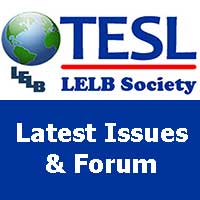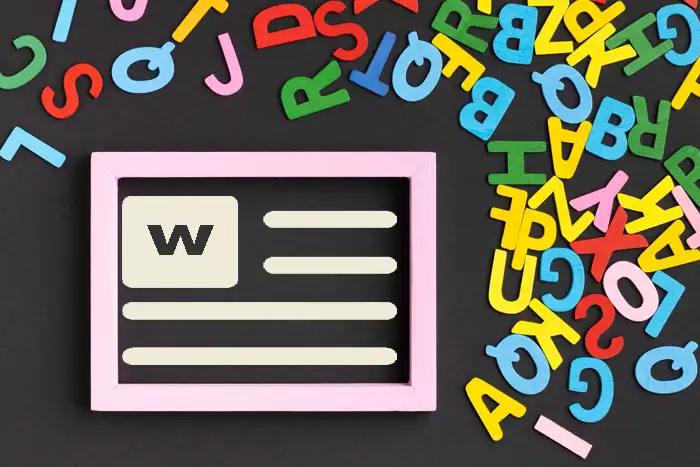Child Language Acquisition
Child Language Acquisition
Cromer concludes that experience stimulates language organisational processes and that these affect other linguistic structures that are internally related. The children appeared to be building their own grammars in their own way, without direct positive or negative evidence as to what was right or wrong. Children are creative, selective and reconstructive of their input. Children are considering the input and imposing structure on it. They are building a theory about the language to be acquired. Input must fit their theory (Lust, 2006)((Lust, B. (2006). Child language: Acquisition and growth. Cambridge: Cambridge University Press.)). The relation of children to the language input, i.e. their language experience is indirect. It is mediated by the computation of the child mind.
Situations that encourage the child to filter the input through her grammar will facilitate language development more than situations that do not (Valian, 1999, p. 524).
The best environment for children is the richest natural productive interactive one (Lust, 2006).
Child language acquisition allows us to test, verify and develop linguistic theory, and we can use linguistic theory to guide precise scientific hypotheses about the child mind (Lust, 2006).
Children must be able to perceive the same sounds that categorise them differently, or perceive different sounds and categorise them similarly, depending on the ‘configuration’ or ‘system’ of the language being acquired (Lust, 2006).
Children do not depend on ostensive contexts for early word learning. They learn new words by overhearing them as well (Akhtar, Jipson & Callanam, 2001). Young children learn a novel verb best when it is said in anticipation of an impending event or action (Tomasello, 1995). Infants as young as 18 months are introduced to a new word for a new toy. In an ostensive condition, the toy was immediately found by an adult as the word was introduced. Children can learn that word much better.
Children cannot assume, on the basis of general non-linguistic cognition alone, which concepts have been lexicalised in a language or how. Again, paradoxically, it appears that children must know the language in order to know the meaning (Lust, 2006). That is to say, meaning in itself cannot be a unique and independent first step, independent of linguistic knowledge, which can solve the essential language acquisition problem for children in the Initial State.
Children must somehow discover how “sounds must be placed” in relation to each other according to “the inner configuration of the sound system of a language” (Sapir, 1925, p. 25).
Children’s use of primary linguistic data is indirect, selective and reconstructive.
Children have a special inborn ability not only to learn language, but to surpass the language of the environment when it is weak, and to create a language where none existed.; the source of language is within us but the conditions for its emergence depend crucially upon community (Kegl, 1999, p. 223).
Even deaf children have a special language faculty or natural predisposition for Homesign.
Even young children both deaf and blind can also acquire language, through ‘vibrotactic’ information provided to face and neck (Chomsky, 1986).
Although orphanage children with limited language input often suffer developmental delays, it is not clear to what degree these involve language development.
In general, there are no major cross-linguistic differences in language acquisition (Lust, 2006).
Direct negative evidence is not very important in child language acquisition. The correct modeled form is only accepted by children when they are ready to accept it.
Repetitions have often been found to be ineffective in language acquisition (Newport, Gleitman & Gleitman, 1977).



